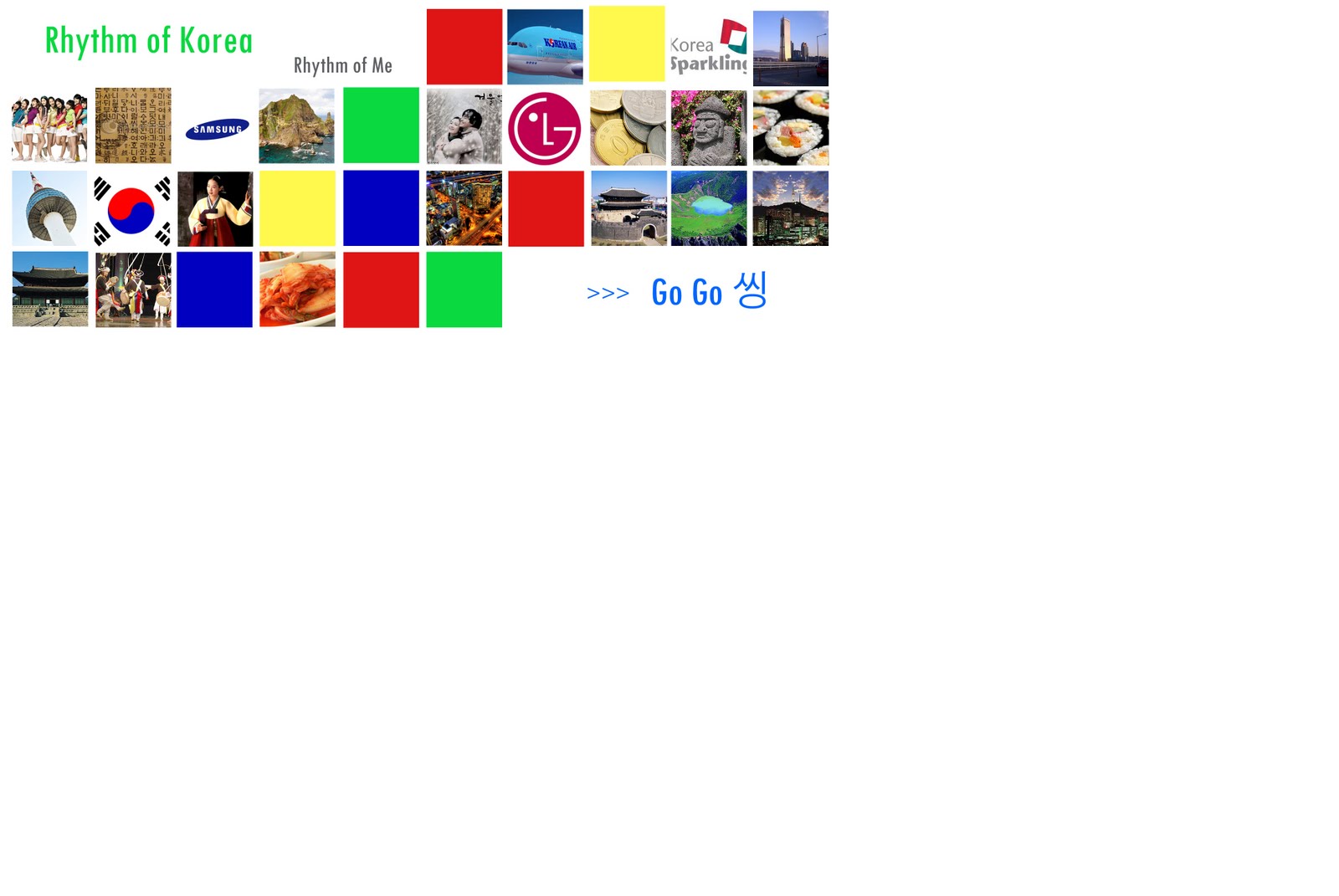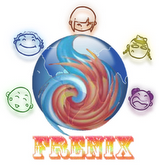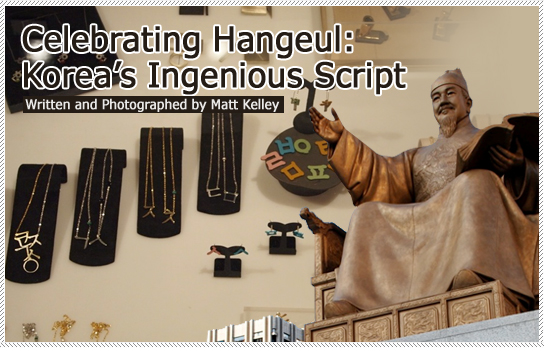Slow Food to hold a conference in Korea
The conference, along with an event to promote traditional Korean dishes and the organization's movement, will be held in the city of Namyangju, just east of Seoul, from Wednesday through Sunday, bringing together representatives from 15 countries in the region.
The second slow food conference to be held in South Korea will help establish a network of people interested in producing and consuming clean and healthy food in the region, according to Paolo di Croce, executive-director of Slow Food International.
"It is very important we work to change the food (production and consumption) system at the local level ... because the big challenge here is to have a food system where everyone can have access to good, clean and fair food," he told a press conference here in Seoul.
The organization currently has some 100,000 members in 150 countries around the world.
The SFI began in the late 1980s as a movement against the opening of McDonald's restaurants, the iconic symbol of the fast food industry, in Italy, according to Croce.
The organization, by its nature, works to promote clean, healthy food, but now also works to create a connection between consumers and farmers who produce what he called "fair" products.
"Too many farmers around the world do not earn enough for the job they do, and too often as consumers we are obliged to pay too expensive a price to buy food," Croce said.
"It is very important that we work to change the food system at the local level, but we are in a global system so it's important to think local but also think global. One very good example of what we are doing globally will happen here in the next few days."
Student Volunteer at International Conference
Thank you for your interest in volunteering at the 19th Annual KOTESOL International Conference. The success of the conference depends on people just like you!
Here's why you should volunteer:
- It's an opportunity to use English in an authentic environment
- You'll get a free t-shirt, and some free food for each shift you work
- It is an opportunity to work with other students, other teachers, and a number of international guests
- You will receive an official Certificate of Completion and Appreciation
- It is an opportunity to learn guest service skills, and learn real world skills at a major international event
- It is an opportunity to spend an amazing time with lots of interesting people.
- You must provide your own transportation to the conference and your own housing accommodations during the event.
- You must attend a training session 9:00 a.m. to 1:00 p.m. on Saturday, October 8th, 2011, unless you have spoken with and been excused by the Student Volunteer Coordinators (Mike Peacock and Rodney Stubbs).
- This volunteering opportunity is very competitive, so the more times that you can be available the greater chance you have of being selected for the jobs you want.
- In order to receive an official Certificate of Completion and Appreciation, you must complete a minimum of two (2) work shifts (Saturday or Sunday) PLUS either the setup shift on Friday night or teardown shift on Sunday evening.
- You must register for facebook (www.facebook.com) and join the KOTESOL International Conference Student Volunteers group.
Celebrating Hangeul : Korea's Ingenious Script
|
Water Sports on the Hangang River
 | ||||||||
It’s always refreshing to take a jaunt into the countryside for a long, relaxing weekend of leisure sports, but what happens when you only have a day or even just half a day for summertime fun? Don’t overlook the nearby Hangang River, the new destination for water sports in Seoul. Just hop on the subway and take a short ride to the nearest Hangang riverside park for a refreshing and novel experience. Hangang riverside parks, beloved by picnicking couples, offer more than just quiet date spots—they are the perfect place for urbanites to break loose and embark on a water adventure that offers maximum thrills with minimum travel. | ||||||||
|
Inha University Volunteer Program to Cambodia
본교에서는 글로벌 인재 양성을 위한 <교육경쟁력 강화사업>의 일환으로 사회대 정치외교학과 주관으로 2012년 1월에 캄보디아에서 봉사활동을 희망하는 학생들을 공개 모집합니다.● 봉사장소 : 캄보디아 프놈펜 외곽 초등학교
● 봉사기간 : 2012년 1월 초순~중순 (추후확정)
● 경비 : 학교 재정지원 + 외부지원(한국국제협력단 등) + 본인 부담금(50만원)
*본인 부담금은 봉사기간동안 현지 숙식비 및 기타 경비
● 신청자격 : 본교 재학생 전원
● 신청기간 : 2011년 9월 26일(월) ~ 2011년 9월 30일(금)
● 신청장소 : 과사무실(9호관 409호) 정치외교학과 이정은 조교(☎860-7960)
● 신청양식 : 소정양식 첨부(선발된 학생은 추후에 건강진단서와 부모동의서를 반드시 제출해야 함.)
● 선발기준 : 1) 해외생활에 지장이 없는 건강한 학생
2) 봉사정신, 배려심, 리더십이 강한 학생
3) 교육봉사 및 문화봉사 가능한 학생
* 문화봉사 예 ) 사물놀이, 연극, 춤, 노래, 악기연주 등
● 선발인원 : 24명
● 선발방법 : 서류 접수 후 (일주일이내) 면접 대상자 및 면접일정 홈페이지 일괄공지
● 면접방법 : 5명씩 그룹면접
● 면접내용 : 일반면접으로 형식 및 질의내용 자유
● 기타 문의사항 : 정치외교학과 김용호 교수(☎860-7969)
Link to the website !
S. Korean economy could grow 3.6 pct next year
In its outlook for next year, LG Economic Research Institute (LGERI) said the export of durable goods and related parts could lose steam, as developed countries cut down on their consumption of such products in the wake of the global economic downturn, it said.
The finance ministry earlier had predicted that Asia's fourth-largest economy would grow 4.8 percent in 2012, with the country's gross domestic product gaining 4.5 percent for this year.
LGERI predicted exports may expand by 9.4 percent next year, less than half of this year's forecast rate of 20.9 percent.
It added that on the domestic front, government's efforts to arrest the rise in household debts through a spending cut will likely cause contraction in demand. Such developments can negatively impact the overall economy, but they will improve the economic health in the long-term, it said.
Ballooning household debt tallied at 876.3 trillion won (US$825.1 billion) as of late June has emerged as a major drag on the economy.
The think tank, meanwhile, said the employment market is expected to get grimmer in 2012, as the manufacturing sector, which provides a large portion of the country's jobs, has not expanded recruitment. This trend will likely continue into next year, it added.
Consumer prices will settle at around 3 percent levels next year, while the won's exchange rate will hover at an average of 1,105 won against the U.S. dollar this year, and 1,070 won in 2012, the report said.
អត្រា អ្នកគ្មានការងារធ្វើ នៅកូរ៉េខាង ត្បូង ធ្លាក់ចុះ ៣.៣ភាគរយ ក្នុងខែសីហា
យោងតាមទីភ្នាក់ងារ ព័ត៌ មានចិន ស៊ិនហួ ចុះផ្សាយនៅថ្ងៃទី២១ ខែ កញ្ញា ឆ្នាំ ២០១១ ថា អត្រាអ្នកគ្មានការ ងារធ្វើនៅក្នុងប្រទេស កូរ៉េខាងត្បូងធ្លាក់ចុះ៣.៣ភាគរយនៅក្នុងខែសីហា ឆ្នាំ២០១១។
Meet 2PM and missA
Interactive movie featuring 2PM and missA !
At 11am on October 4, 2011, their movie production presentation and fan sign meeting will take place at Lotte Avenuel in Seoul.
Buzz Korea is offerering the following opportunity for ibuzz who love 2PM and missA to participate the interactive movie production presentation and fan sign meeting.
50 selected people among the applicants can attend this event.
Journey of Literature
For centuries, novels entered our life and truly touched our heart. No matter when and where it was written, the great novel transcends the time and space, attracting thousands of readers all over the countries.
2011 Asia Song Festival
A five-day market in Jeju
A Five-Day Market in Jeju, History and Tradition
Transformed into Cultural Tourism Market
We can figure out culture and customs in traditional markets. I’d like to introduce you a five-day market in Jeju island which presents its own culture and customs.
A five-day market opens five days in a row per month, however, just 40 and 50 years ago, it was nothing but a normal market crowded with people. As time goes by, the market has modernized, but unfortunately nine markets remained so far.
A Five-Day Market in Jeju, History and Tradition
It is not clear from when the five-day market started in Jeju. Academic circles estimate the market started at front yard of Gwandeokjeon in 1910. According to the record, it opened every second and seventh day in lunar calendar. Many items such as crops, clothes and daily necessity were sold or bartered for.
Jeju five-day market has been a driving force to Jeju people and contributed to regional economic growth. The natives say that the biggest markets were the ones that opened near Tapdong and Yongdam. Also, it is said that many people were competitive to get a nice place to sell their items.
The market is not only for selling and buying products but for communicating with people in town. Every market has its own characteristics. For example, some deal with seafood, others deal with farm products. Currently, it has been modernized and improved for consumers, and delivery and customer call service became common as well. It also has a quality guarantee service. They even provide the arcade for children, stroller, and cart to young mothers to make them feel comfortable while shopping.
Transformed into Cultural Tourism Market
<10,000 won Cuisine Event held in five-day market in Seogypo> (Source: E2news)
Now, the five-day market became very popular with other tourist attractions in Jeju, such as ‘Olleh’ roads. As an effort to boost the economy, Seogypo market changed its name into ‘Olleh’, after then, even people from other local markets visit there for benchmarking.
Actually, Seogypo market was in depression but the atmosphere has been revived since it connected the tour business with the sixth course of Olleh. Moreover, promotion effect has been doubled after the Small and Medium Business Administration and Market Promotion Center chose the market as one of the “50 traditional markets to go”.
According to Jeju government, the number of visitors per day increased 8,000 from 6,000. Daily sale went up to 80 million won, increasing by 20 million won. Jeju seller association has already registered Maeil Olleh market as the trademark. With this effort, over 2,000 Olleh hikers visited to the market, which is twice as higher than that of last year.
More than 1,000 government officials and merchants have visited to benchmark Olleh market from all across the country. More Olleh hikers have come to Dongmun market as it became the 18th course of Olleh. Hanlim maeil market is connected to 14th course of Olleh, and Daejung five-day market is connected to 11th course of Olleh. Seogypo Maeil market is designated as the cultural tourism market of the year 2010 and 2011. Seomun market will soon plan to develop other Olleh courses.
Meanwhile, a person concerned to the market said that DID (Digital Information Display) will be installed in sixth course of Olleh in order to provide information of food, products, hot sale events in Jeju to all visitors. They expect many of them will come to markets as well.
So, if you want to feel 100% of the culture and custom of Jeju, this is the best season. Don’t forget to bring camera!



























